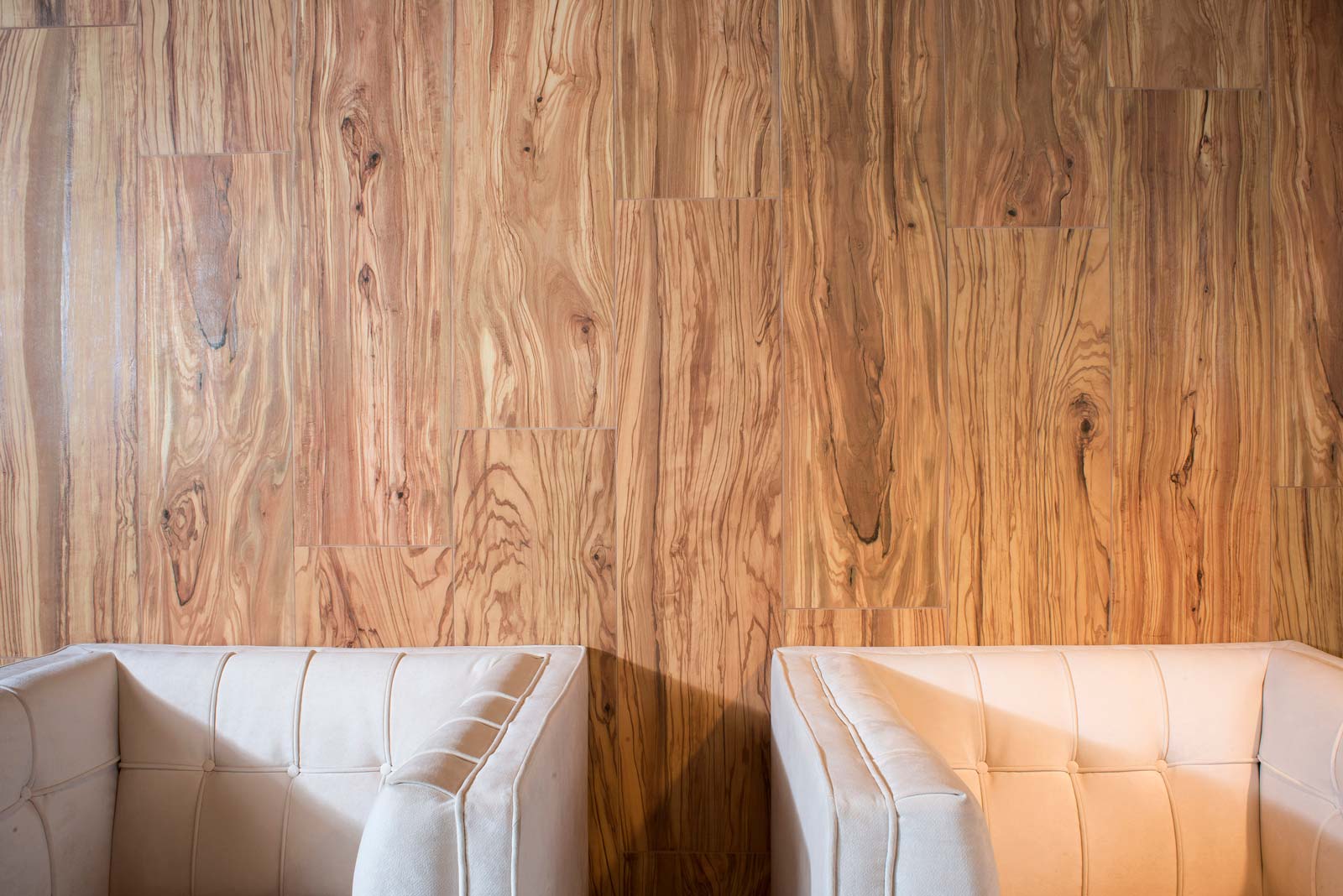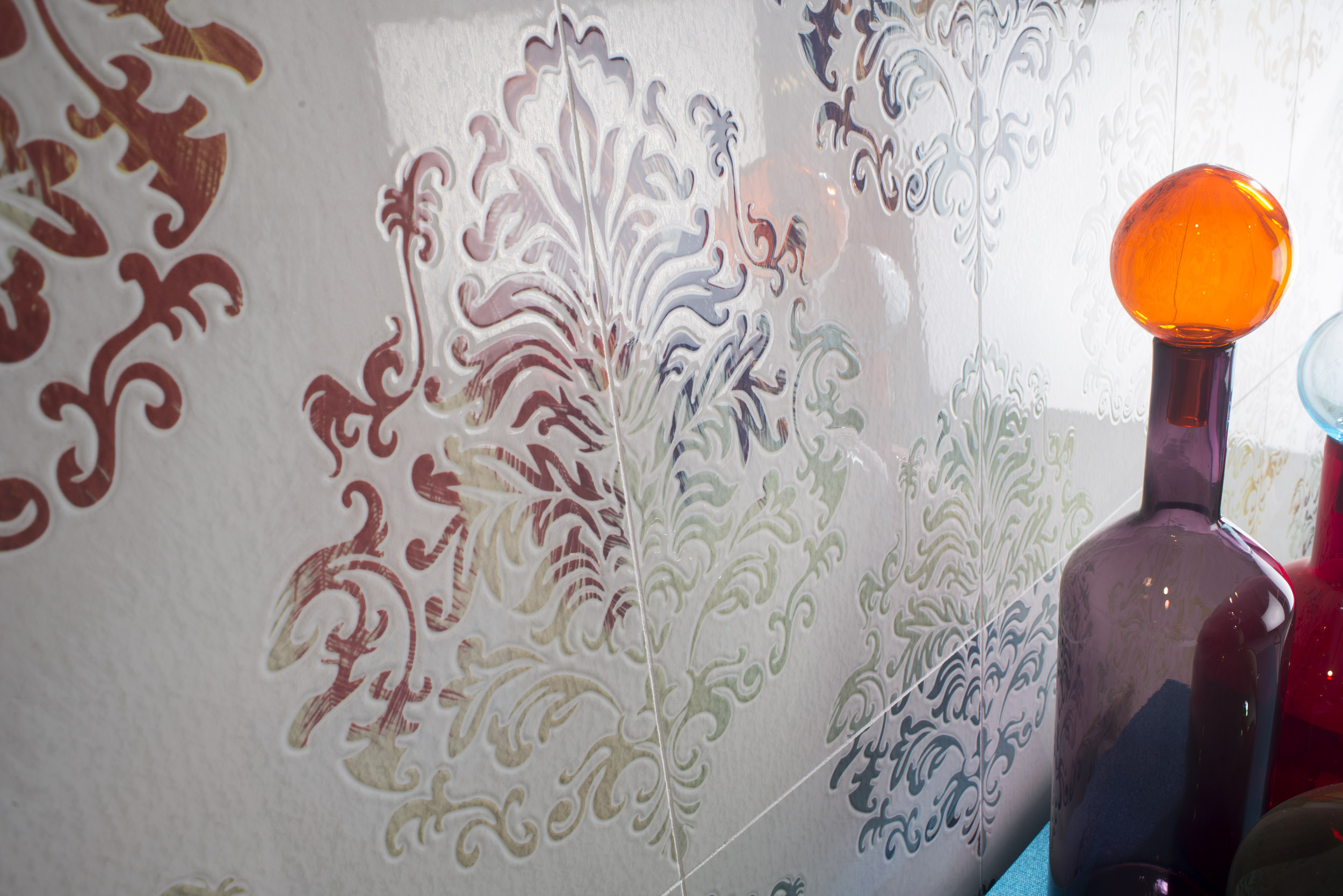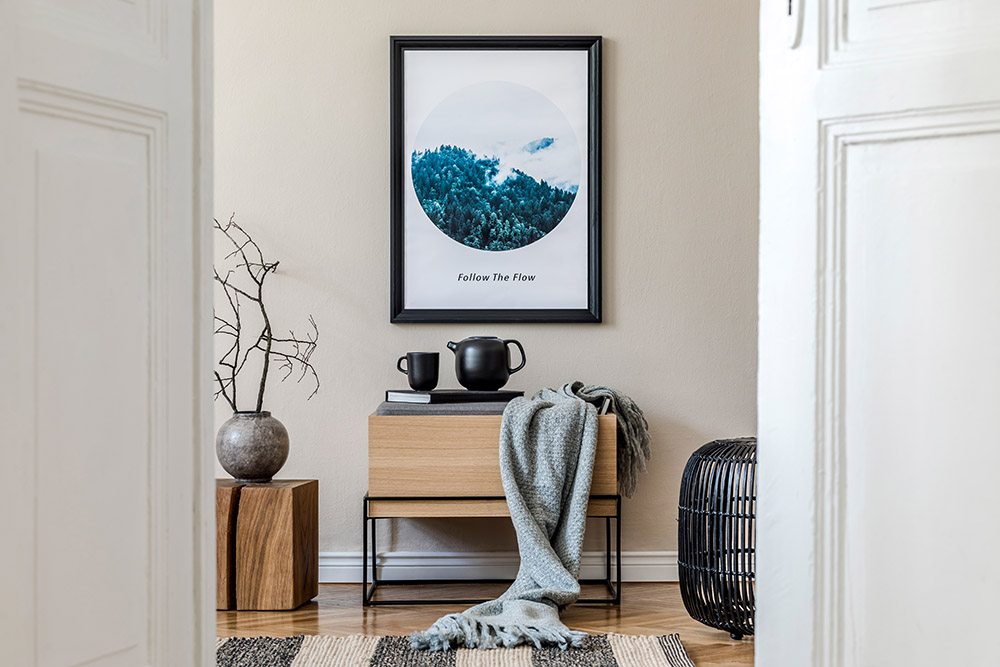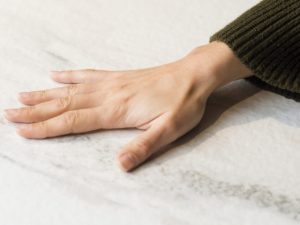Different senses and emotions can arise from exposure to certain colors. People are very sensitive to its effects, using them as a tool for expression and communication. Our reaction to each color depends deeply on our cultural background, by which we associate each one to a particular emotion such as joy, sadness, peace, and others.
In all of human history, colors have played a vital role and are also very important nowadays in every aspect of our lives. But there is another item that was key to the development of civilizations used today as well, and that is ceramics.
Among the first ceramics made by humans, we can find pottery objects and figurines, mostly from clay and without any application of color yet. When the techniques were refined, ceramics started to be glazed and fired to create a colored and smooth surface, that opened up the possibilities for this material.
Analyzing ancient ceramics we can realize the technology used and the tradition of past cultures. Looking for similarities and differences between them, we can reconstruct their history. Changes in composition and also style, made mostly with color and decoration, are key to understanding the different eras and civilizations.
Since ancient times, ceramics and color, through paint, had been used as utilitarian objects but also a form to decorate. An element to use and to tell a story. These two were tools for ancient civilizations to showcase their history over murals, vases, pottery, decoration and more, and now are considered documentation pieces.
When now we see ancient ceramics, we can know that they were an important part of everyday life but also took part in rituals, giving this material higher importance. By ceramic decoration, we can also realize the way of life, time period and resources of each civilization. Ceramics with applied color in designs were used to illustrate a story, expose status, and to decorate spaces.
For thousands of years, ceramics have made life easier, taking form as utilitarian objects, and prettier, through the application of color. One of the most fascinating applications can be the complex designs made in ceramic tiles, that decorated churches, mosques, and important buildings, with great manual execution.
In our day-to-day life, ceramics are present in many more aspect that only tiles or pottery, the most common and known uses. We can find this material in cookware, bricks, toilets, space parts, cars, electronic devices and also artificial bones and teeth. Nevertheless, color isn’t as important in every one of these categories, serving the first ones better.
Although ceramic and color are, and were, very important in our life, their relationship wasn’t always easy. The creation of ceramic color pigments that could deliver high saturation and resist the elevated temperatures needed is a relatively new thing. Until the 20th century mostly earth-toned colors were used because they were easier to achieve.
A new era for ceramic colors started when both technology and scientific advances were reached in the manufacturing process of ceramics. New types of pigments could deliver a better result and provided infinite decoration possibilities. Nowadays, color isn’t a barrier anymore in the ceramic industry, but mainly a tool for design in this noble material.
In ceramics, color can be applied through the glaze, a vitreous layer that can make the piece waterproof, protect the design or decorate it with a certain tone. It is mostly a functional decision, but it can also modify the look of the ceramic, with different finishes or even adding color.
A glaze is known also as base, covering or varnish and can be found in many different types, regarding the technology used to make it, apply it and the final style wanted. Glaze can give the ceramic a glossy, matte or semi-matte finish and also put on a colored layer.
Nowadays, ceramic color pigments are applied with commercial stains or made directly from coloring oxides, a more manual option. Diverse oxides as cobalt, copper, iron, chrome and more, can be used to change a transparent glaze and add coloring.
To amplify the possibilities of ceramic colors, a wide variety of stains, colorants, and inks were developed by manufacturers. With these options, colors are easy to achieve and the relationship between them and ceramics are strengthened, creating useful but also beautiful pieces. These ceramic glaze colors provide high saturation, durability, a wide chromatic range and a lower cost for companies, being applied in all sorts of objects.
With these technological advances, the possibilities in ceramic decoration through coloring are mostly driven by design, emotion, and art, rather than limitations of the technique. Color is used to communicate and provoke emotions, and when applied to the ceramics, it gives a beautiful and serviceable object.
Having a better understanding of how the color theory works on us and the great role ceramics have in our lives, we can consider the interaction of these two worlds as a necessity to have functional objects that serve an aesthetic purpose as well, displaying also our present history and art.











